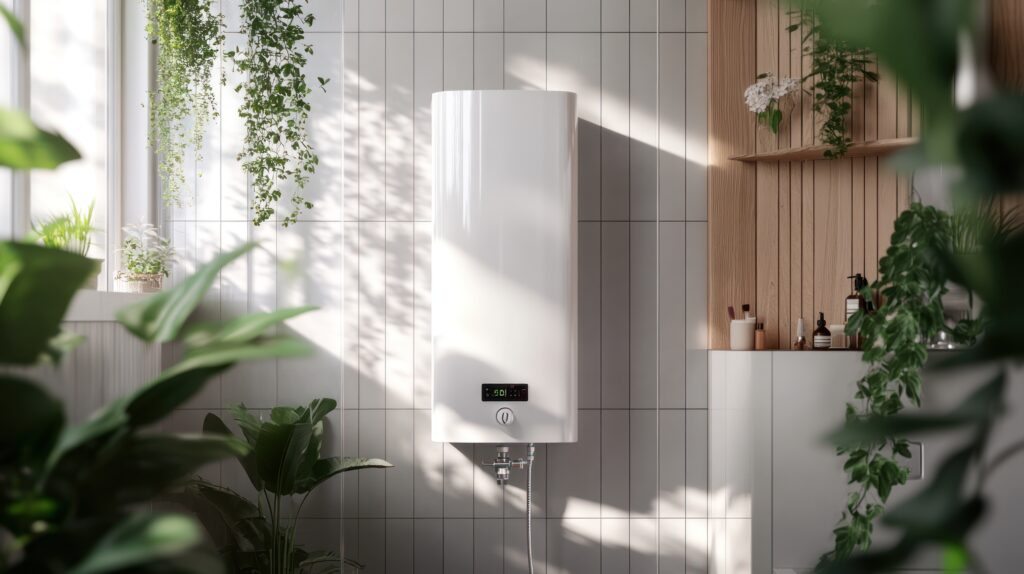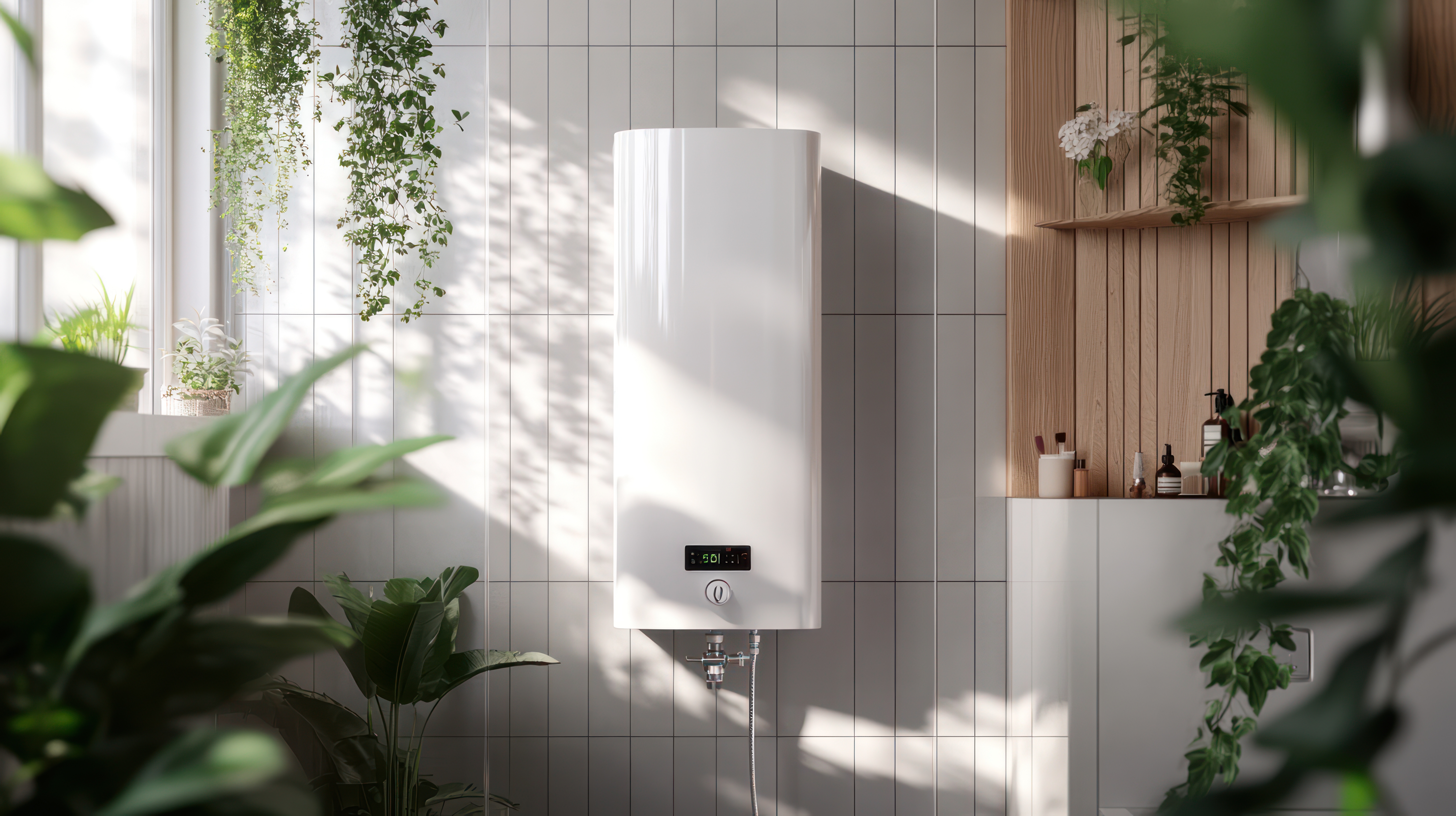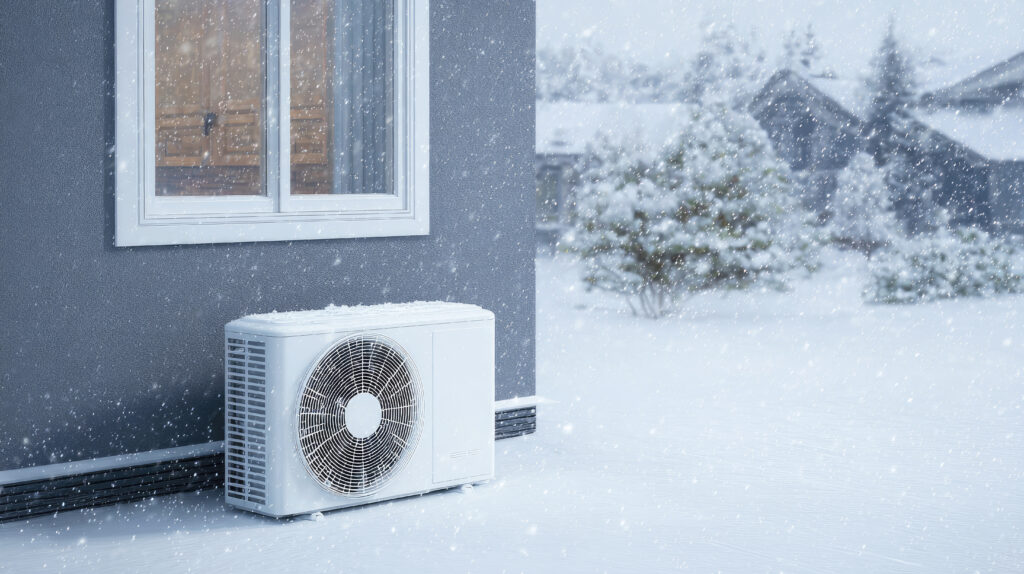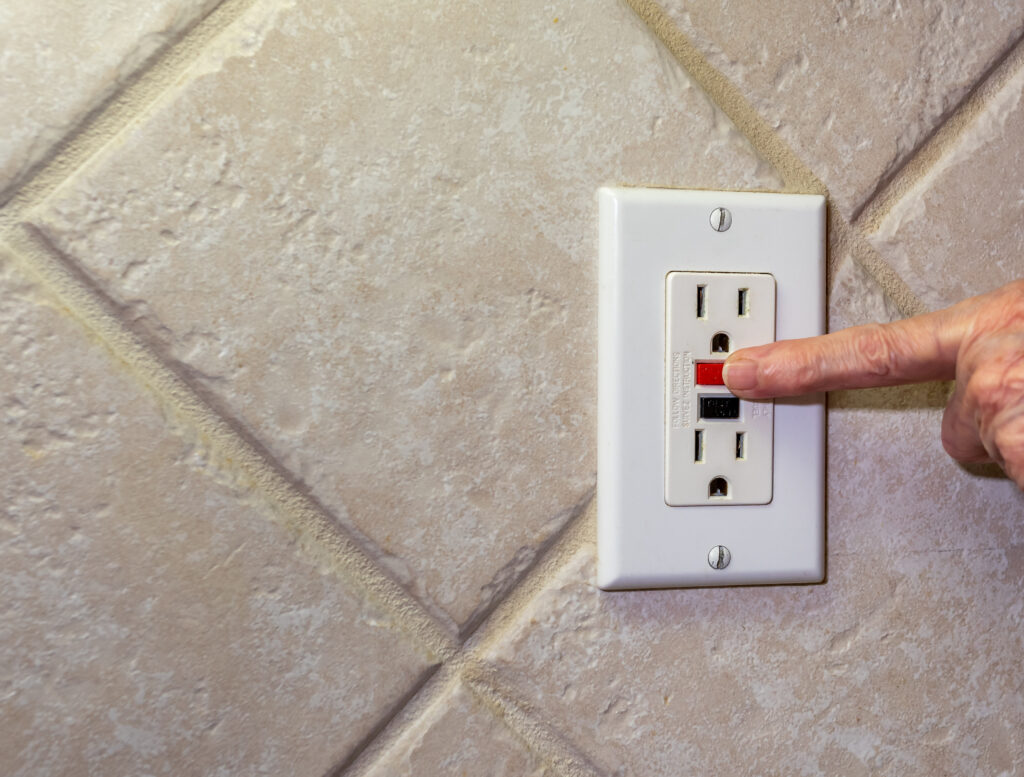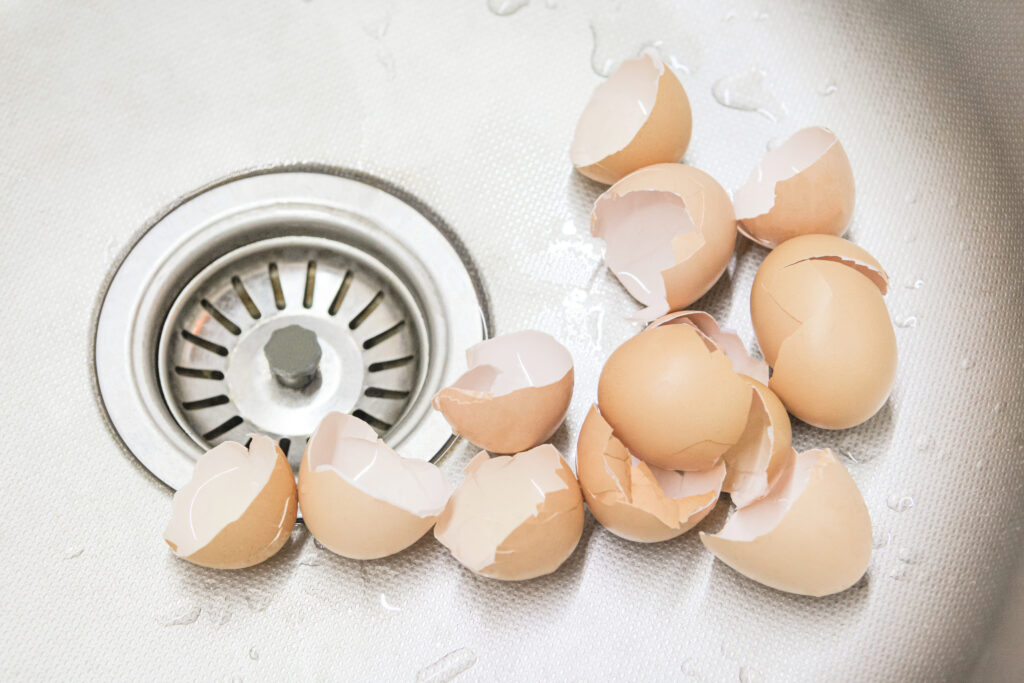Why Flushing Your Water Heater Matters (And How It Fits in with a Smart Home Warranty)
If you’re a homeowner (or about to become one), you’ve got enough going on without worrying about your water heater. So it’s okay if “flush the water heater” isn’t exactly on your weekend to-do list. Still, it should be. Regularly flushing your water heater is one of those small, not-super-glamorous tasks that can make a big difference in your system’s lifespan, energy use, and how often your hot showers turn icy cold. And if you’ve got a home warranty—or you’re considering one—knowing how to take care of your home’s systems is a smart way to maximize its value.
First Things First: What Even Is a Water Heater Flush?
Okay, real talk—flushing your water heater sounds messier than it is. A standard water heater flush is the process of draining the tank to remove built-up sediment and mineral deposits that naturally accumulate over time, especially in areas with hard water. Basically, your water comes into the tank carrying tiny minerals and particles with it. Over months and years, those settle to the bottom and start to cause issues.
When you flush the tank, you’re giving it a kind of rinse—the same way you’d rinse sand out of your shoes after the beach. And no, your heater doesn’t do that on its own. You’ve gotta give it a hand.
How a Water Heater Actually Works (Spoiler: It’s Not Complicated)
Let’s break this down quickly. A traditional tank-style water heater (the kind most homes have) holds and heats a large amount of water—usually between 30 to 80 gallons—keeping it warm and ready for use. Inside the tank, a heating element (for electric heaters) or a burner (for gas heaters) keeps things toasty. The hot water gets piped out whenever you turn on a tap, and cold water flows in to replace it.
Sounds simple, right? It kind of is. But as the hot water sits and cycles in and out, minerals from the water (like calcium and magnesium) settle and harden at the bottom. Skip flushing your tank, and over time, that sediment creates insulation between the water and the heating element. That means the heater has to work harder to warm the water—using more energy, costing more money, and wearing out earlier. Who needs that?
Why Should You Flush Your Water Heater Regularly?
There are four main reasons, and they’re all pretty compelling. First, flushing improves energy efficiency. Sediment buildup requires more power to heat the water, so your bills go up. Second, it extends the lifespan of your water heater. Tanks only last so long, but sediment can cut that timeline in half. Third, it improves water quality. You won’t get chunks of minerals in your cup of tea, but your water can start to smell weird or look cloudy if sediment’s heavy. Lastly, flushing helps you avoid surprise maintenance visits—or worse, cold showers.
If you’re on a home warranty plan, this matters more than you think. Neglected maintenance (like skipping flushes) can sometimes void coverage on your unit. Translation? That repair bill could be on you when it didn’t need to be.
What Happens If You Don’t Flush It?
Honestly, not flushing your water heater won’t cause your house to fall apart. But it will slowly start costing you. Eventually, burnt-out heating elements, inconsistent water temperatures, reduced tank volume, and even leaks can pop up. And here’s the kicker—when sediment builds up too much, you can’t flush it out. You’ll have to replace the whole unit. That’s a $1,000–$2,000 fix for something that could’ve been avoided with a garden hose and about 20 minutes of maintenance.
Aside from cost, you’ll probably start noticing signs. If you hear popping, rumbling, or banging from the tank—yep, sediment. If your hot water doesn’t last as long as it used to—also probably sediment. It starts subtle and gets worse until the heater cries, “Nope. I quit.”
How Often Should You Flush Your Water Heater?
The general rule is once a year. But it depends a little on your water quality. Live in an area with hard water? Twice a year is better. Have a water softener installed? You might be able to stretch it a little longer between flushes. If you’re not sure, ask your local utility company or plumber for insight. It’s one of those “set a reminder in your phone” kind of tasks, but it pays off over time. It helps your home warranty plan, too, because again—warranties usually require you to take reasonable care of your systems. Skipping a flush and then submitting a claim might backfire.
Can You Flush It Yourself (Or Should You Call Someone)?
You can absolutely DIY a water heater flush if you’re comfortable following a few steps. It’s not hard—just turn off the power or gas supply, shut off the cold water valve, hook up a hose, drain the tank, rinse until it runs clear, and then reverse the steps. There are tons of quick online guides (and yes, YouTube tutorials if you’re more visual).
That said, if the idea of touching pipes freaks you out, it’s okay to call in a pro. Most local plumbers are happy to do a flush, and it typically doesn’t cost much—$100–$150 depending on where you live. It’s a small investment that can save you way more in the long run. Especially if your home warranty covers the unit but expects you to have performed basic upkeep like this.
Protecting Your Hot Water Heater with a Home Warranty Like Armadillo
Here’s where Armadillo steps in. If you’re already putting in the effort to take care of your home systems—like flushing that water heater to keep things humming—then a smart, reliable home warranty plan gives you peace of mind that the big stuff is covered. Armadillo’s coverage is modern, flexible, and actually easy to use (go figure). You won’t get nickel-and-dimed for filing a claim, and our plans are built to fit real life—not some cookie-cutter house from a spreadsheet.
Plus, we don’t just stop at covering repairs. With Armadillo, we encourage proactive care that helps your appliances and systems last longer. Curious about how we make homeowners’ lives easier without the usual warranty headaches? Visit our homepage to learn more. Ready to build a plan that fits your zip code, budget, and life? Start here: our plan builder.
Remember, maintaining your water heater is one thing. Having protection when the unexpected hits? That’s one less thing on your plate. Especially when you’ve already got enough going on—we’ve got your back.
















